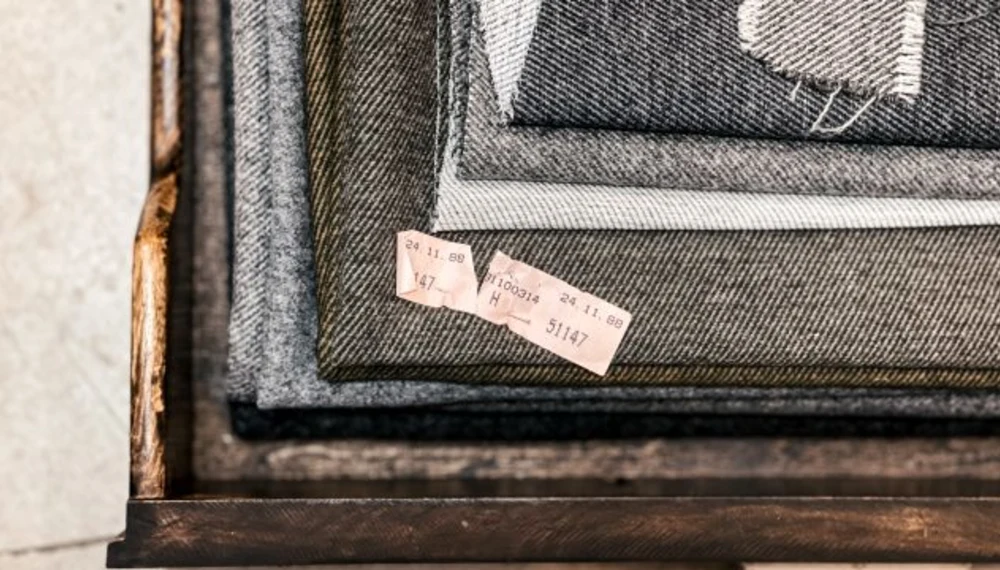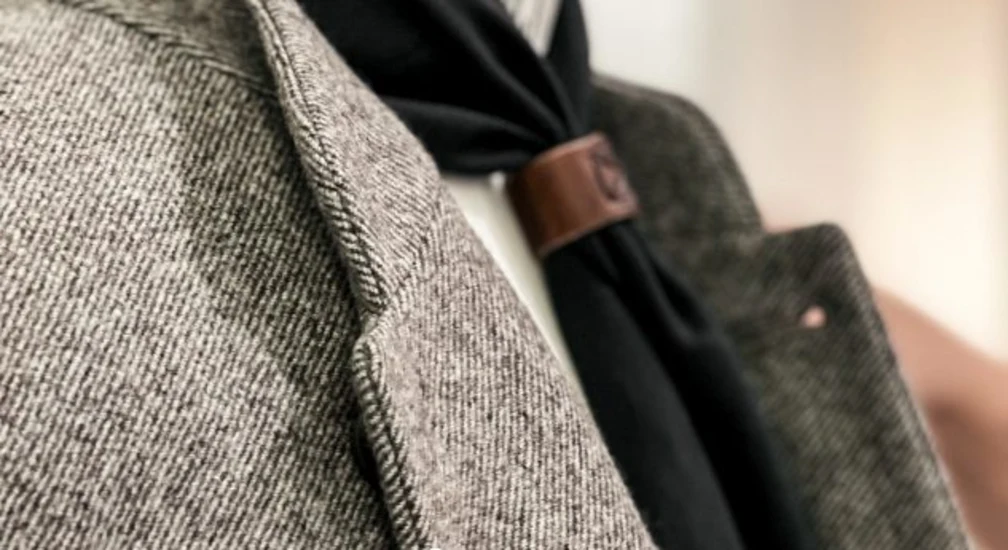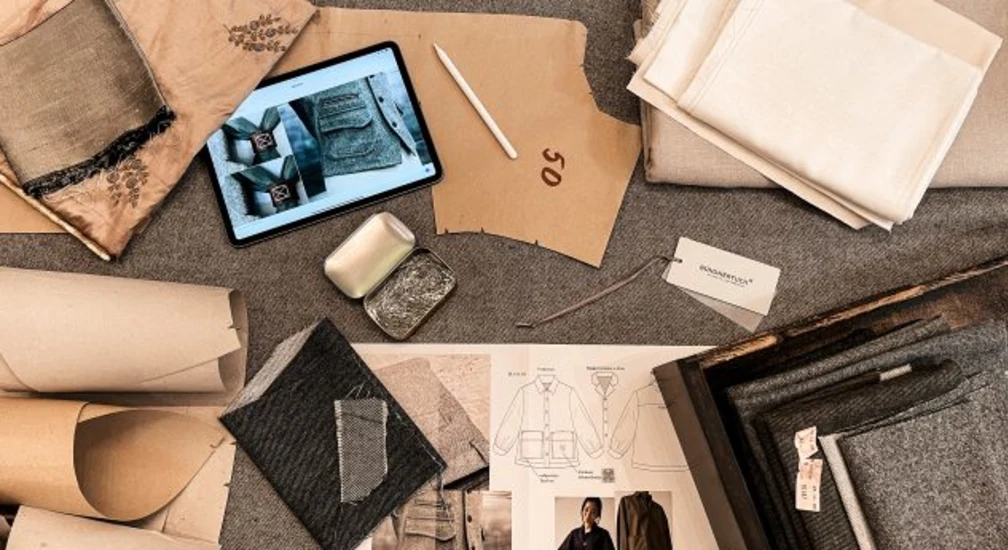Swiss fabric maker Bündnertuch – whose name literally translates to ‘Grisons fabric’ – embodies a piece of the Grisons industrial past. The blueprint for the fabric comes from the cloth factory founded by Fidel Tuor in the Swiss municipality of Trun in 1912. Until 2001, the factory employed over 400 staff at various locations in Switzerland. From then onwards, production was no longer – until Heidi Kopp, a trained make-up artist and proud resident of St. Moritz since 1991, brought the traditional fabric back to life. What’s more, it’s still making history today: it now forms the base for a number of Carlton employee uniforms. Here, founder and ‘Head of Everything’ Heidi Kopp joins us to share the inside story.
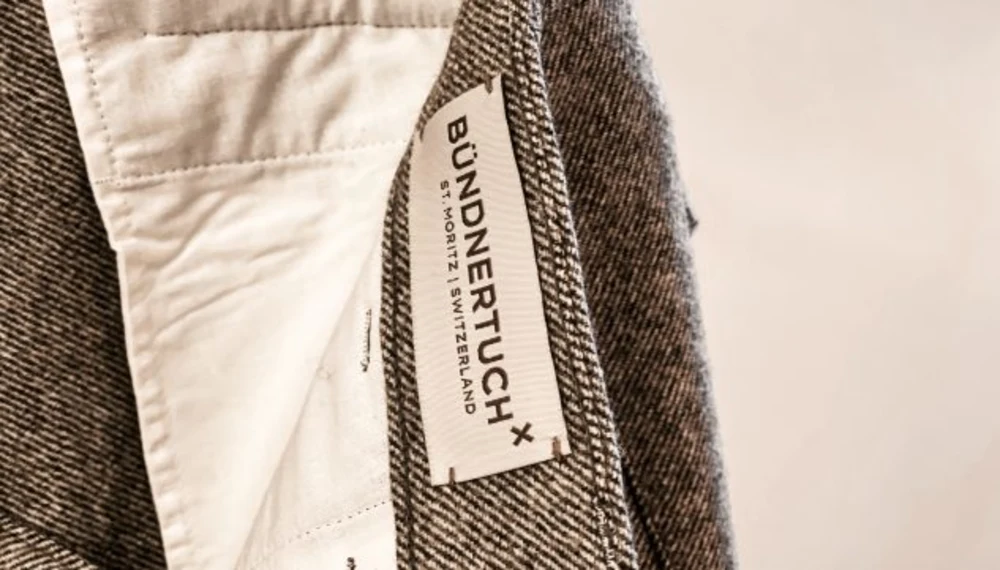
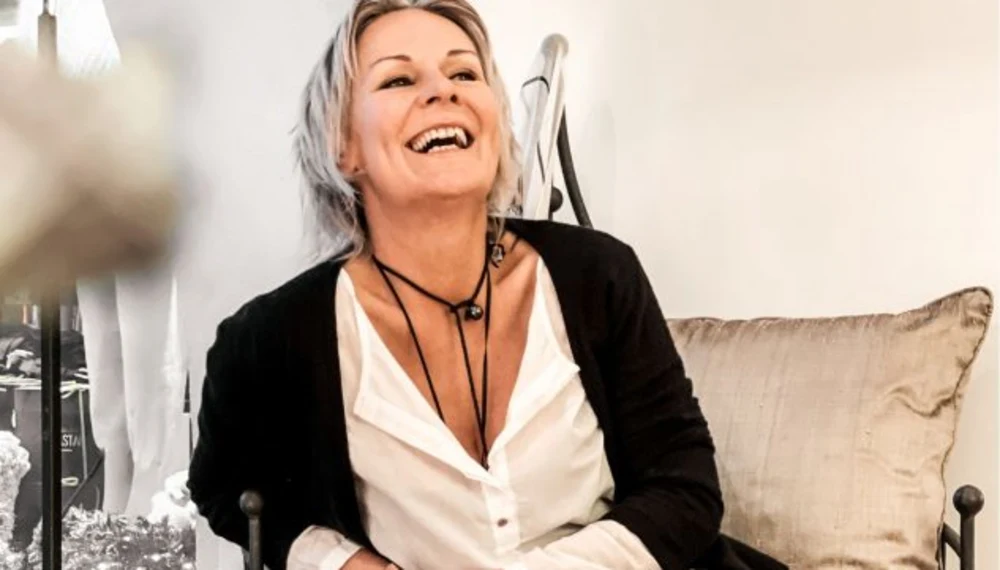
Ms Kopp, what led you to the idea of reviving Fidel Tuor’s signature fabric?
Colours, shapes and fabrics have always been my passion. My mother was a costume dressmaker and master pattern maker with her own studio; my father was a stage actor and was always elaborately dressed. That’s the world I was born into. Until 2019, I ran a clothing company with my business partner Renato Faoro; now I work as the founder of my own start-up, Bündnertuch.
Why ‘Bündnertuch’ (literally ‘Grisons fabric’)?
I feel a strong connection to the region, to the Engadine and to St. Moritz; I’ve lived here since 1991. I was searching for a way to express the identity and cultural history of the valley. At the same time, I wanted to provide sustainable alternatives to a clothing market flooded with fast fashion and off-the-shelf goods. I wanted to take wool – a fabric whose use dates back to the dawn of time – and give it new life. As I did so, it was important to me to be considerate of the area I love so much. With Bündnertuch, the aim was to bring traditional fabric knowledge into the present and to continue developing it for the future. Two crucial components of this process were the use of the original fabric formula and the original cutting patterns. Now the formula lies, well-guarded, in a safe. Even if someone were to discover it, it requires special knowledge to make use of it; the production method and the individual production steps are still as sophisticated as they ever were.
How does today’s Bündnertuch differ from the original? Where does the tradition live on; in what aspects has the fabric been modernised?
The tradition is definitely present in the manufacturing process, in the craft. Our know-how has been passed down over more than a hundred years, but it’s also been enhanced and refined for the present. In keeping with the past, we pour plenty of love into the detail, but we also do everything we can to make the production environmentally friendly. We place equal value on the fabric quality and on preserving the uniqueness of the historical design. At the same time, we don’t want the pieces to look out of date! It’s a mix that’s highly conducive to timeless chic.One part that certainly has been optimised is the finishing process. Today, there are a total of 14 steps to be completed before the fabric can be made into clothing. The fabric is softer, more wearable, more pleasant to touch. I want wearers of our clothes to feel good when they’re wearing them.
How did your collaboration with the Carlton Hotel come about?
Through many, many conversations! Just like Bündnertuch, the Carlton Hotel plays a big part in goings-on in the region. The uniform is a “declaration of love to the employees”, or so I’ve heard it said. It’s a courageous decision to have the uniforms tailored by a start-up – but as we all know, courage is often rewarded. I think we’ve managed to create a wonderful partnership and an even better result.
Which members of the Carlton Hotel currently have uniforms made from Bündnertuch fabric?
The concierges, the front office team and the drivers.
Was the design of the fabric adapted for the Carlton Hotel uniforms?
Absolutely! All of the Carlton Hotel uniforms were specially designed – not only for the different positions, but for the individual employees. The Palü jumper was changed, as was the emblem on the jumpers. The concept we were working towards was ‘English elegance’. At the same time, the uniforms had to be practical – so we added extra pockets, depending on the role of the wearer. We were also responsible for developing and carefully selecting the colour palette: white, brown and black. The signature fabric formula remains constant across all uniforms.
The uniforms are customised for each employee?
Yes. Sustainability also means a perfect fit: one that provides long-lasting pleasure and comfort to the wearer. Once all of the employees had sent us their measurements, we used virtual avatars to customise the uniforms for each body type and shape. Of course, I wasn’t going to miss the opportunity to attend the first fittings – which, fortunately, mostly went smoothly.
Only mostly?
Well, one or two staff members had gained or lost weight, so rapid adjustments were needed. It was definitely a process that kept us on our toes, from the design stage to the finished uniform. But it was always a joyful one.
How long did that process last, from the design stage to the finished uniform?
The creation of the avatars took 3 days; the actual production took about a month. The fabric had already been made. Guests are now being welcomed by Carlton employees in Bündnertuch uniforms: a beautiful sight to see!
Does Bündnertuch only make work uniforms?
No, we make everyday clothing too: trousers, blouses, jumpers, chinos. We want our customers to feel well-dressed whatever they’re doing, from a casual breakfast to a visit to the opera.
